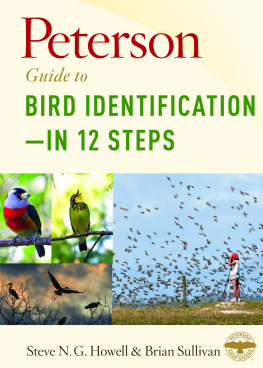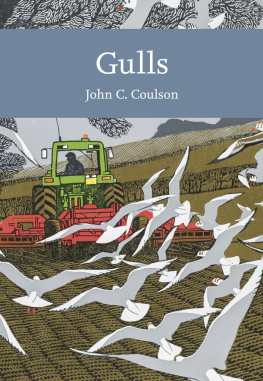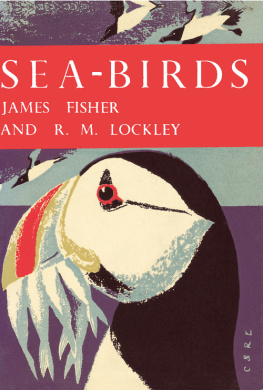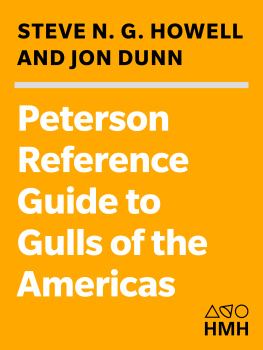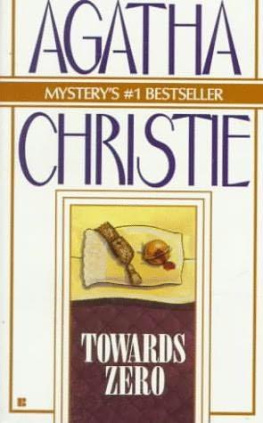Steve N. G. Howell - Peterson Guide to Bird Identificationin 12 Steps
Here you can read online Steve N. G. Howell - Peterson Guide to Bird Identificationin 12 Steps full text of the book (entire story) in english for free. Download pdf and epub, get meaning, cover and reviews about this ebook. publisher: Houghton Mifflin Harcourt, genre: Art. Description of the work, (preface) as well as reviews are available. Best literature library LitArk.com created for fans of good reading and offers a wide selection of genres:
Romance novel
Science fiction
Adventure
Detective
Science
History
Home and family
Prose
Art
Politics
Computer
Non-fiction
Religion
Business
Children
Humor
Choose a favorite category and find really read worthwhile books. Enjoy immersion in the world of imagination, feel the emotions of the characters or learn something new for yourself, make an fascinating discovery.
- Book:Peterson Guide to Bird Identificationin 12 Steps
- Author:
- Publisher:Houghton Mifflin Harcourt
- Genre:
- Rating:5 / 5
- Favourites:Add to favourites
- Your mark:
- 100
- 1
- 2
- 3
- 4
- 5
Peterson Guide to Bird Identificationin 12 Steps: summary, description and annotation
We offer to read an annotation, description, summary or preface (depends on what the author of the book "Peterson Guide to Bird Identificationin 12 Steps" wrote himself). If you haven't found the necessary information about the book — write in the comments, we will try to find it.
Peterson Guide to Bird Identificationin 12 Steps — read online for free the complete book (whole text) full work
Below is the text of the book, divided by pages. System saving the place of the last page read, allows you to conveniently read the book "Peterson Guide to Bird Identificationin 12 Steps" online for free, without having to search again every time where you left off. Put a bookmark, and you can go to the page where you finished reading at any time.
Font size:
Interval:
Bookmark:
Copyright 2018 by Steve N. G. Howell and Brian L. Sullivan
All rights reserved
For information about permission to reproduce selections from this book, write to or to Permissions, Houghton Mifflin Harcourt Publishing Company, 3 Park Avenue, 19th Floor, New York, New York 10016.
hmhco.com
Library of Congress Cataloging-in-Publication Data is available.
Cover photographs Steve N. G. Howell (top left and right), Javier Fernandez Sanchez (bottom left)
Author photographs Wendy C. Willis (Howell), Jessie Barry (Sullivan)
ISBN 978-1-328-66206-4
eISBN 978-1-328-55813-8
v1.0318

of Natural History
In 1984, the Roger Tory Peterson Institute of Natural History (RTPI) was founded in Petersons hometown of Jamestown, New York, as an educational institution charged by Peterson with preserving his lifetime body of work and making it available to the world for educational purposes.
RTPI is the only official institutional steward of Roger Tory Petersons body of work and his enduring legacy. It is our mission to foster understanding, appreciation, and protection of the natural world. By providing people with opportunities to engage in nature-focused art, education, and conservation projects, we promote the study of natural history and its connections to human health and economic prosperity.
The RTPI Archives contains the largest collection of Petersons art in the worldiconic images that continue to inspire an awareness of and appreciation for nature.
We need to study, firsthand, the workings of the natural world and its importance to human life. Local surroundings can provide an engaging context for the study of natural history and its relationship to other disciplines such as math, science, and language. Environmental literacy is everybodys responsibilitynot just experts and special interests.
RTPI works to inspire people to choose action over inaction, and engages in meaningful conservation research and actions that transcend political and other boundaries. Our goal is to increase awareness and understanding of the natural connections between species, habitats, and peopleconnections that are critical to effective conservation.
For more information, and to support RTPI, please visit rtpi.org.
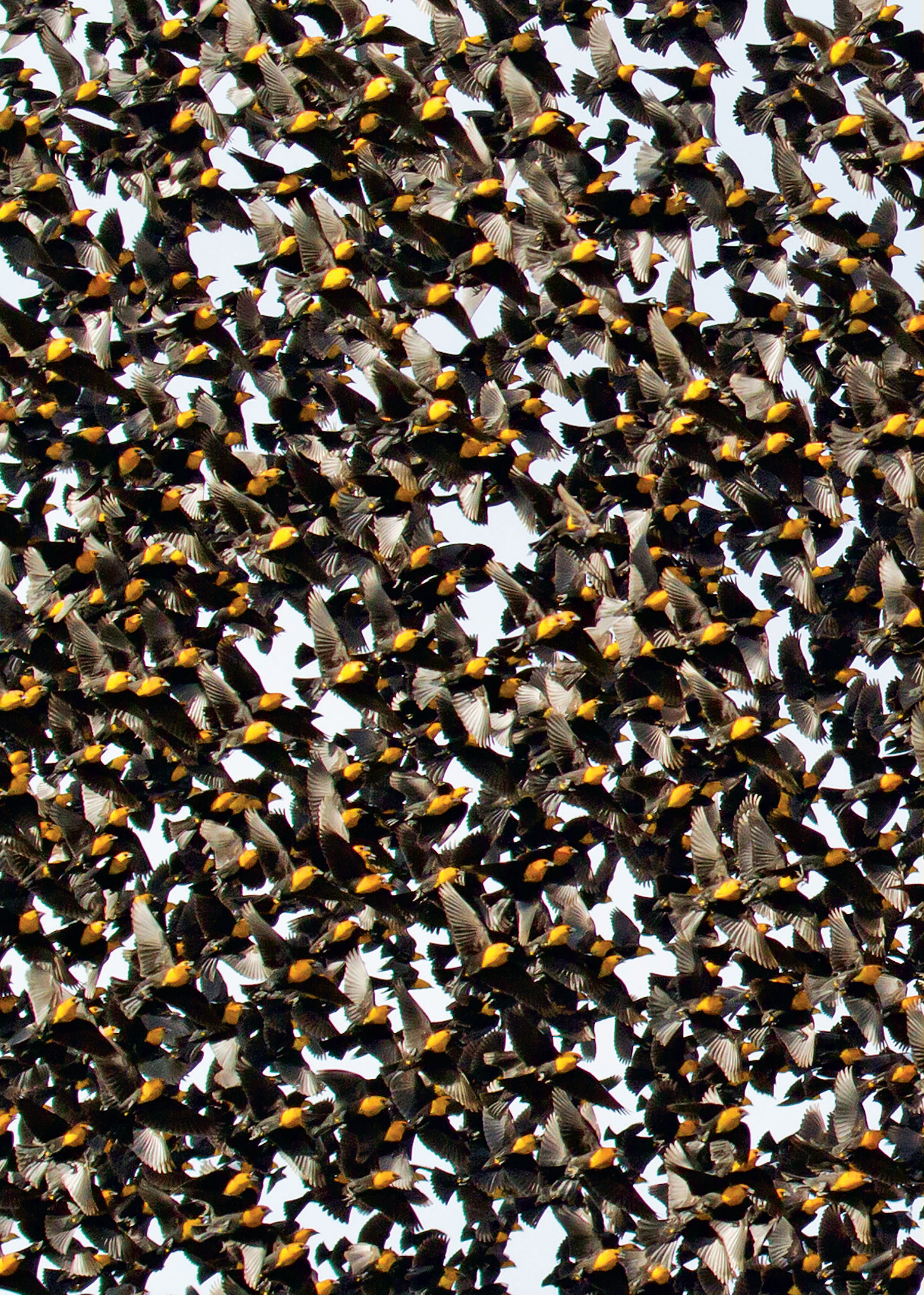
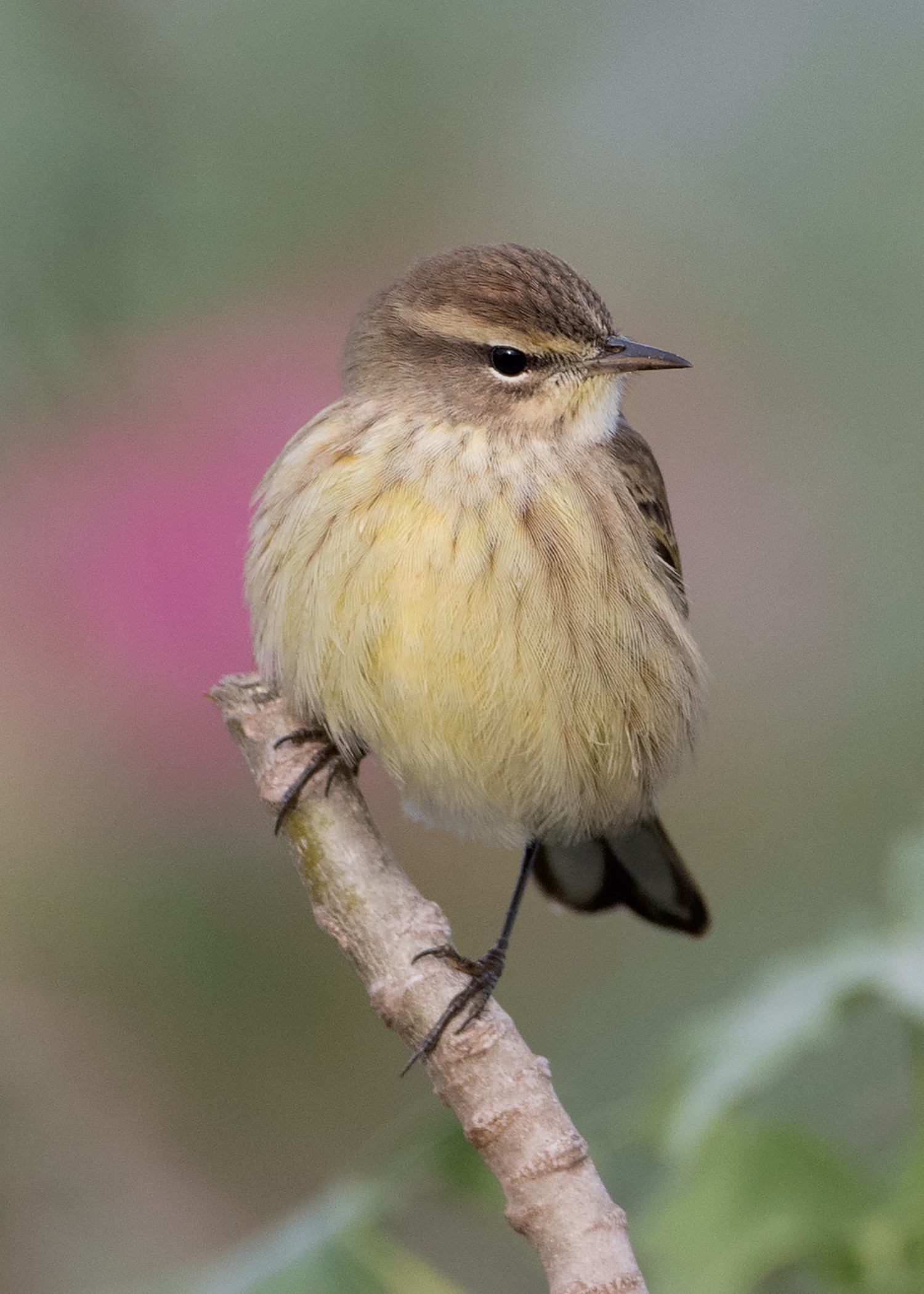
Palm Warbler.
Monterey County, California, 13 November 2016.
These days, millions of people around the world watch birds. Its a great excuse to get outside in the fresh air, to explore the remarkable world around you. And a big part of the fun is putting a name to the bird you are watching: What kind of bird is that? But how do you go about this seemingly simple quest?
Not everyone has a mentor to guide them in understanding how to observe birds and approach the identification process. And not everyone has the time or dedication or even wants to become a full-time professional birder, which requires a huge amount of work. Most people spend their days working at something other than birding, so when they have free time they dont want to work; they want to relax, to enjoy themselves. As professional birders, we subscribe to Kenn Kaufmans definition that a good birder is somebody who enjoys birding. That said, most people who enjoy birding also like to learn as they go along.
To this end, there are many useful books and online projects out there to help youeven classes you can take to become more proficient at identifying birds. But still, when you look at a field guide theres so much choicehundreds of species, some with different plumages for males, females, immatures, even seasonal plumages. It can be overwhelming.
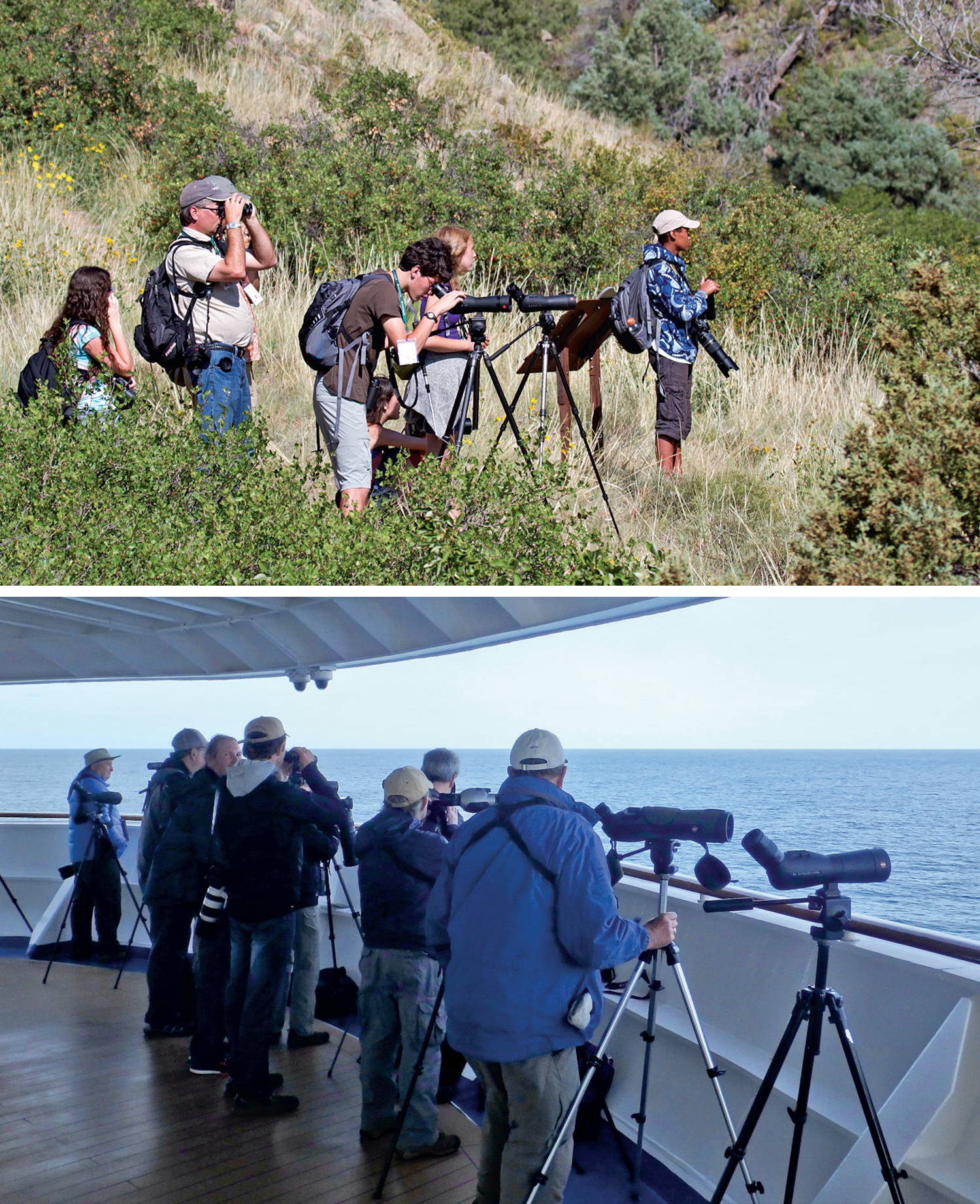
Whether youre among a group of teenagers in the Colorado Rockies (top) or a group of adults taking a two-week cruise around Cape Horn at the southern tip of South America (bottom), birding is a great way to get outside and see the world. Few hobbies offer so much for all ages of people from different cultures and walks of life. The twelve-step program we cover in this book outlines a pathway to enable anyone to get into, or get more out of, the world of watching, identifying, and enjoying birds.
The good news is that you already know a lot about birds, whether you realize it or not. One of us is from Wales, and among other things the Welsh have been defined as simple machines for turning beer into urine. This may help explain why we often like to start from the simplest level and move upwardits the only way to go.
The twelve steps thus start with the basics, things that many people dont think about or simply take for granted; then we build logically into a manageable framework that can help anyone in his or her goal to identify and appreciate birds. We offer this book as a resource to people at all levels of interest, because one of the great things about birding is the infinite capacity for learning. If youre fairly new to the world of birds, this book will help you understand the fundamentals of observation and the identification (or ID) process. If youre a more experienced birder, this book will help you step back from your years in the field and refresh your thoughts on how you watch and identify birds.
We include some things that may be challenging for beginning birders, and others that may seem too basic for those more advanced, but this is intentional. We have attempted to organize the fundamentals in a way that can help a broad range of people who are enthusiastic about birds. So bear with us if a concept such as oscine is completely new and daunting, or if we have belabored something obvious from your first days of birding.
Last, but importantly, this book isnt intended as a one-stop shop for how to identify birdsit should be read and used in conjunction with your field guides. But field guides cover only so much (or so little) of the story, and here we expand upon the information they provide. So without further ado, lets step right into the process of bird identificationits easier than you might think!
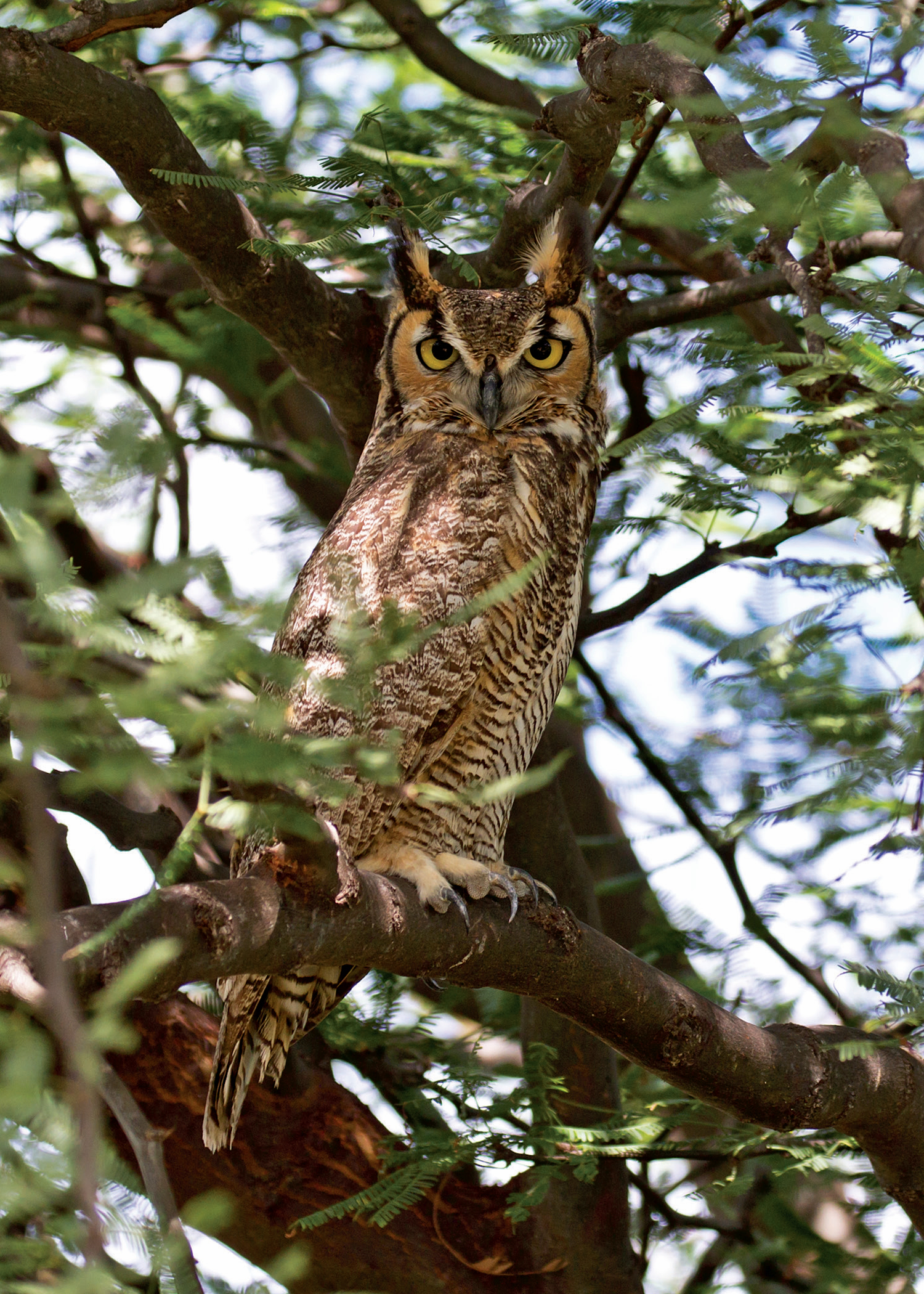
You dont need to be a professional taxonomist or even a birder to identify this as an owl. Thats because a lot of basic taxonomy is part of the being-a-human package. The twelve-step program includes things that many people know and often take for granted, and shows how they can be used to help you identify birds.
A quick look might make some birders think Long-eared Owlthe slim build, rusty face, and upright ear tufts; but a second look confirms Great Hornednote the barred underparts and lack of a black vertical band through the eyes.
Font size:
Interval:
Bookmark:
Similar books «Peterson Guide to Bird Identificationin 12 Steps»
Look at similar books to Peterson Guide to Bird Identificationin 12 Steps. We have selected literature similar in name and meaning in the hope of providing readers with more options to find new, interesting, not yet read works.
Discussion, reviews of the book Peterson Guide to Bird Identificationin 12 Steps and just readers' own opinions. Leave your comments, write what you think about the work, its meaning or the main characters. Specify what exactly you liked and what you didn't like, and why you think so.

